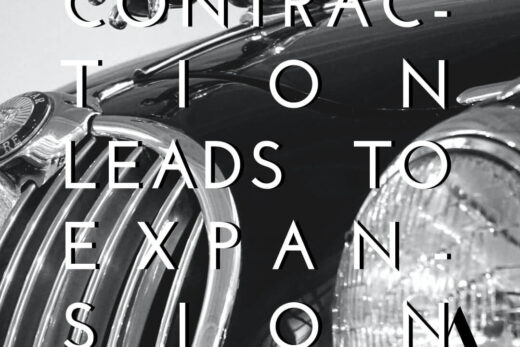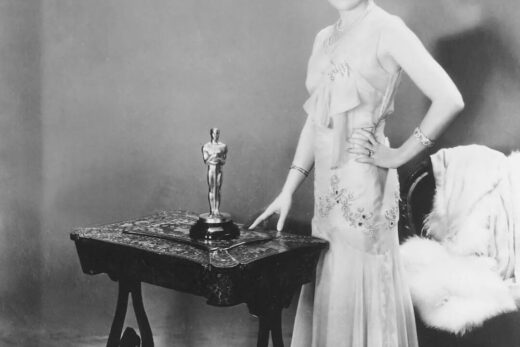You might also know that Steve Jobs’ credo was “Think Different” which also was the secret for his stunning ideas and Apple’s success.
But when we look at design history, we see that the «think different» is not that new. Maybe it was not the official motto of anyone before Steve Jobs but some ingenious individuals always thought and still think outside of the box.
1931: Ericsson DHB 1001
Let us start with the phone classic. The Ericsson 1931. Even later in the era of mobile phones (the non-smart ones) Ericsson still played a role.
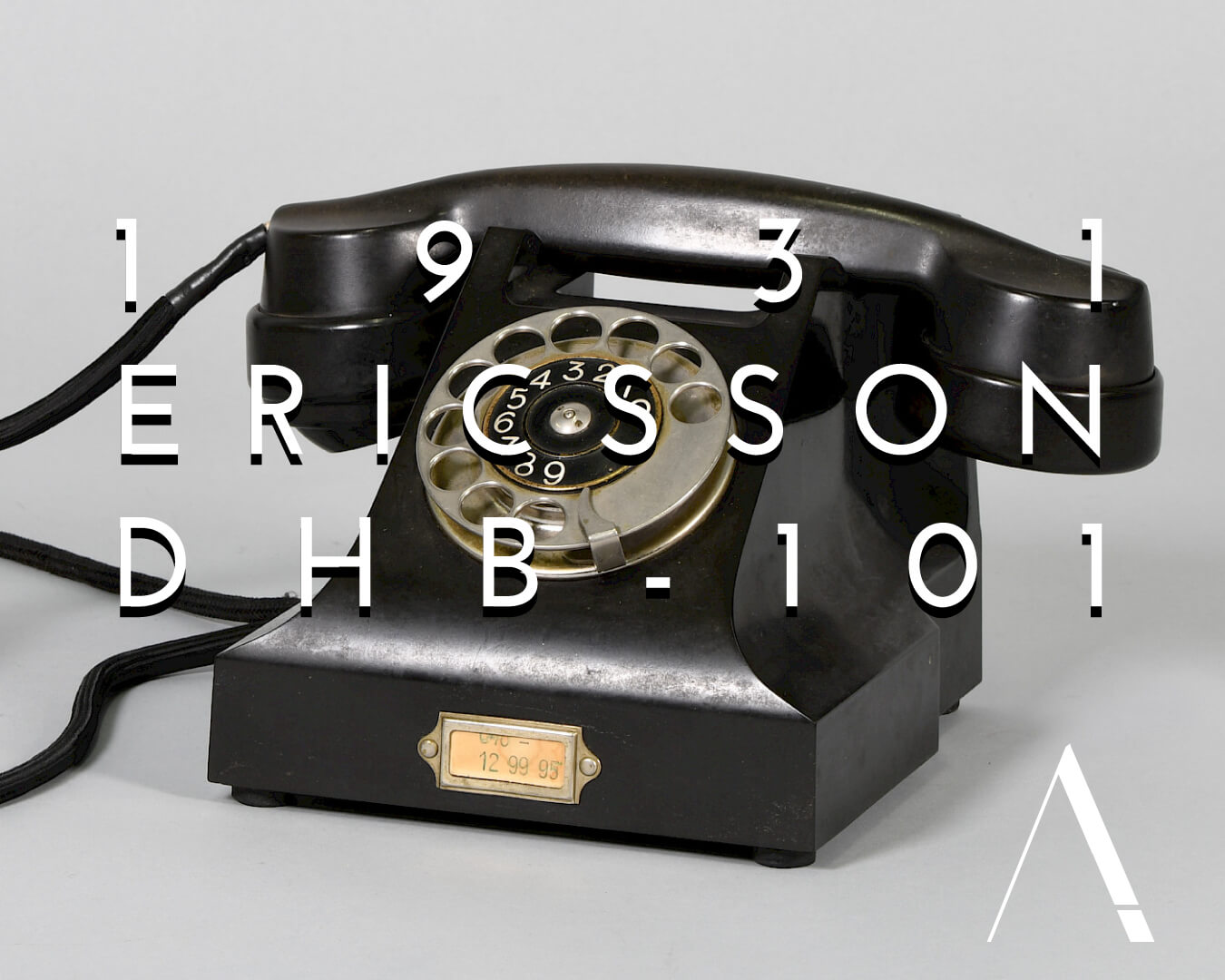
Back to 1931: The Ericsson Model DHB 1001 was made of Bakelite – a rather heavy plastic – and of metal. If I look at it I feel that it was not only a phone but due to its bulkiness and weight a weapon for one’s self-defence. Multi-functional as a side-effect; so to speak. At the time it bore some remarkable news.
The shape was considered elegant and modern and the success lasted for four decades. Before Model DHB 1001, phones were typically attached to a wall and the bell was an external device which was located at a different place in the house.
Now for the first time all the parts a phone needed were integrated: the bell, the dial, the receiver. The latter was made in a shape that assured a good sound quality which might be the reason why other companies copied this idea with only slight modifications.
1965: Grillo – The Next Leap
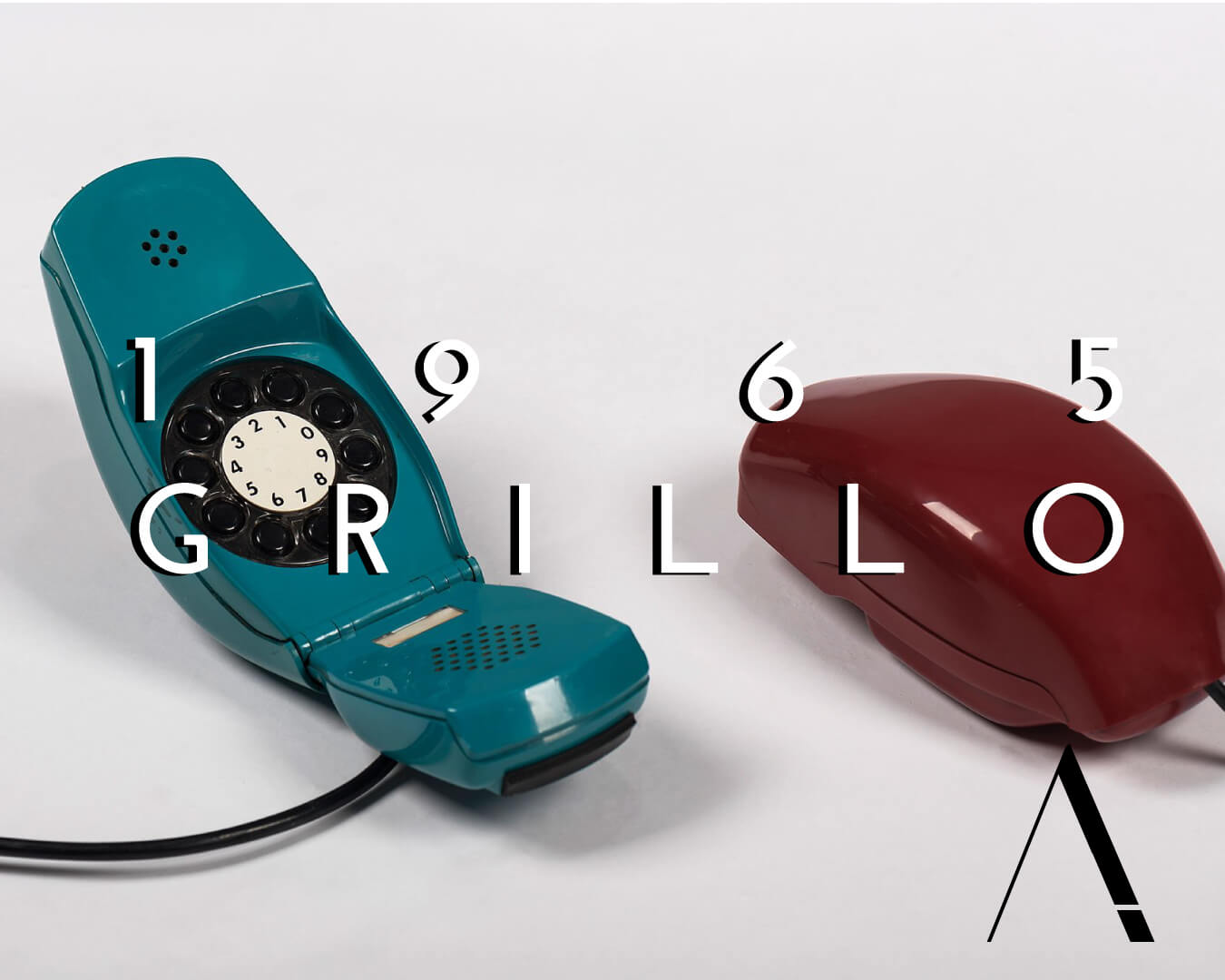
In 1965, the Italian architect Marco Zanuso and the German designer Richard Sapper brought another innovation to the market.
The model “Grillo” was made of light plastic and available in striking colours such as blue, red and green. Black and white for the “conservative” taste.
The novelty lies in the integration of all functions in a single piece.
2007: The Smart Phones
Now we are taking a leap as we jump straight to the smartphone.
As already mentioned at the beginning it was Steve Jobs’ (and probably his team’s) idea to reduce the dozens of buttons that other phones had to just a single one. All the functions could be managed by means of a touch screen. A revolution!
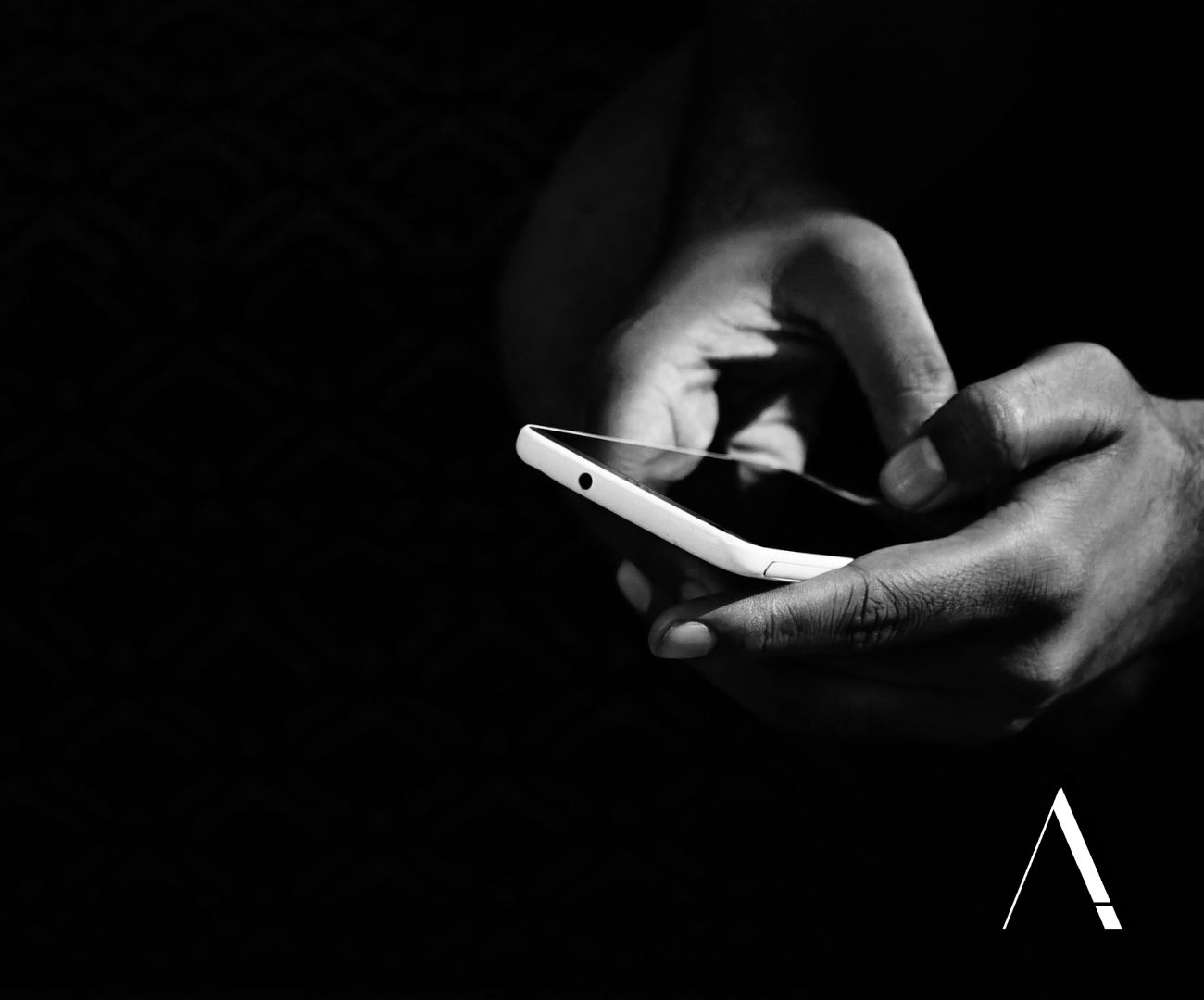
Soon other brands brought similar devices called «smart phones» on the market. The hardware looks similar, the different software types have similar functions.
THERE IS NO FREE LUNCH
Even simplicity has its price. – BK
Simplicity is also a matter of definition. We can simplify to the max without making our lives easier.
From complex to simple and back?
DHB 1001 and Grillo clearly were a simplification; something people adore. Living a life is a full-time job and we all have too many important decisions to take.
The «one-button-idea» is a simplification but at the other hand smart phones are very complicated devices.
While the «normal» phones just were made to speak to one another, this has become a side effect of a smart phone. We shop, book trips, play games etc. on them and each of these functions needs a separate app.
Please do not get me wrong I also like having everything at one place and would feel strange without a smart phone. However, the regular software updates are not all that flawless and tend to destabilize the software hence the reliability of the phone.
Service
The fact that smart phones are largely made of glass and therefore fragile plus the software issue described above make a new service necessary: customer support.
Support is a complex business that requires a lot of resources. Apple is miserable at customer support; they even request the owner to make an appointment for emergencies (I tend to not scheduling problems; they just appear). This abruptly ended my liking for the brand and I use other brands. Given their devices are always more expensive than other brands, a certain customer centricity should be the standard.
Of course, this applies to many other companies and products, too.

